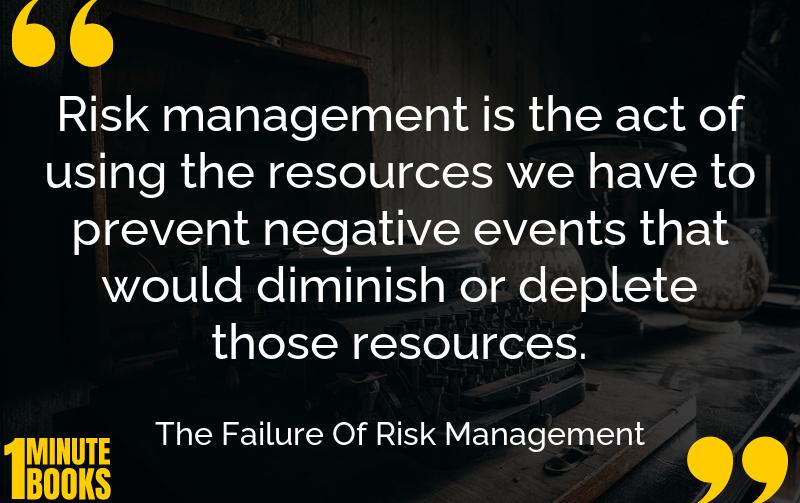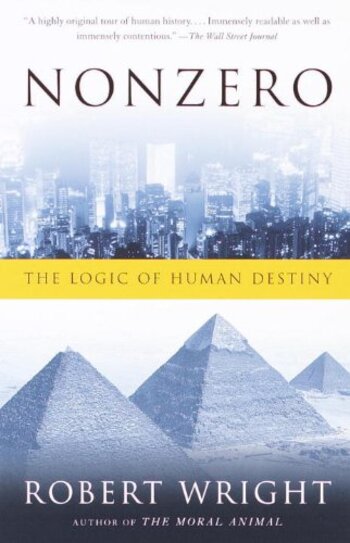
This book delves into the shortcomings of modern risk management methods, proposing solutions like the Monte Carlo simulation and the deconstruction model to create effective strategies.
Main Lessons
- Risk management involves evaluating and prioritizing risks to minimize negative impacts or maximize opportunities.
- Many current risk management strategies are flawed and give a false sense of security.
- Standardized terminology is crucial for effective communication and risk assessment.
- Understanding the relationships between risks can enhance the accuracy of risk assessments.
- The Monte Carlo simulation is a tool for generating unbiased risk assessments through repeated random sampling.
- Data scarcity can limit risk assessment accuracy, necessitating alternative approaches like the deconstruction model.
- The Monte Carlo simulation can handle complex risk scenarios involving numerous variables.
- The deconstruction model breaks down risk components individually to assess risks with limited data.
- Human insight, combined with automated tools, can improve risk assessment reliability.
- Establishing uniform definitions helps organizations work together more effectively in risk management.
- Recognizing the interconnectedness of risks is essential for a robust risk management strategy.
- Preparing for risks involves both subjective evaluation and objective analysis.
- Accurate risk assessment requires comprehensive data input and analysis.
- Risk management strategies should update using current and advanced models like the Monte Carlo simulation.








